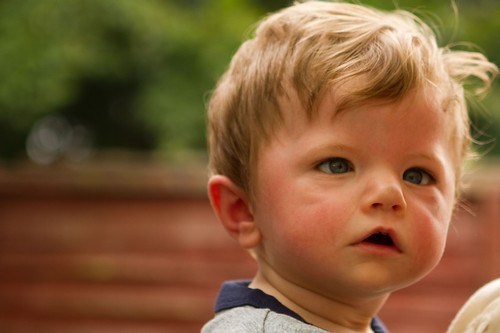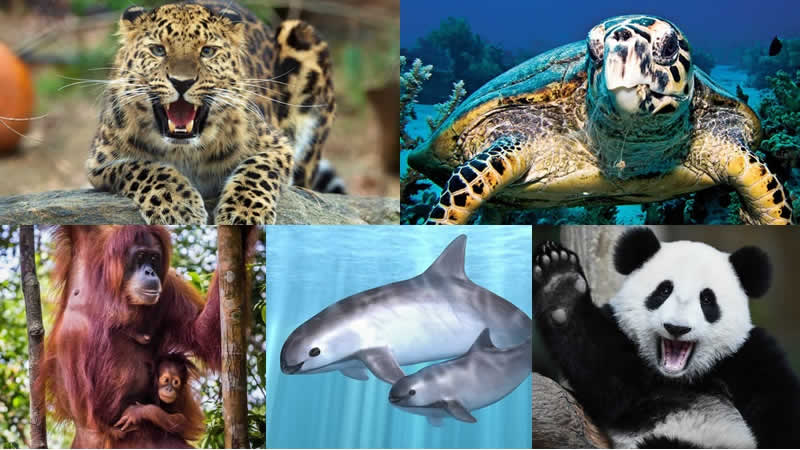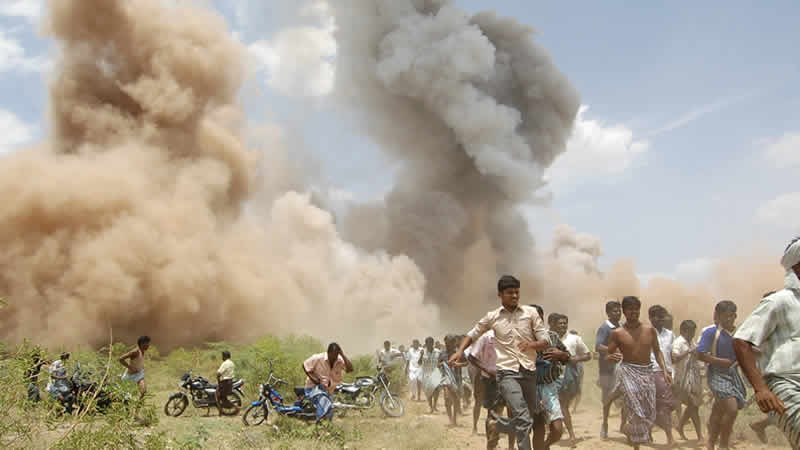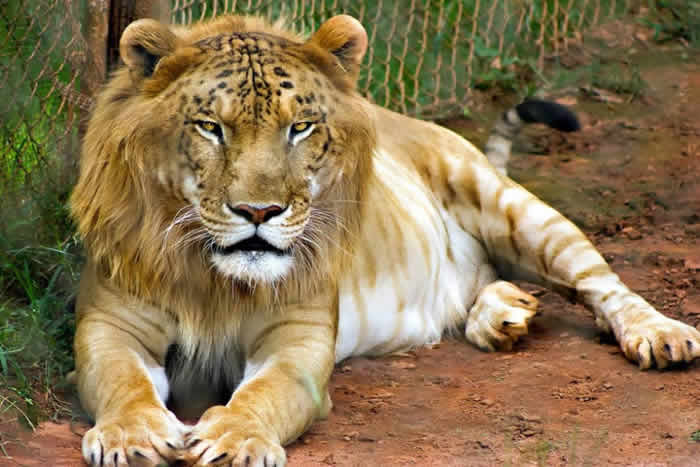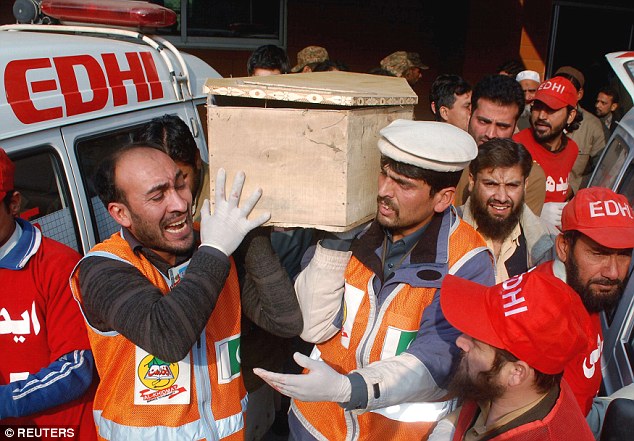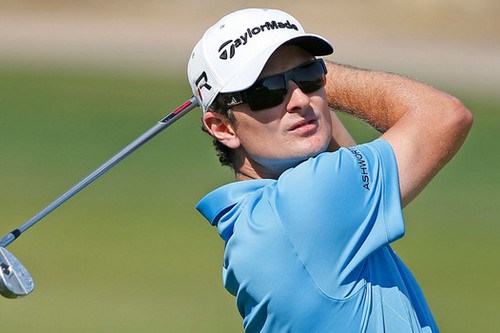The truth is, we have set some ideas about physical beauty. Those who do not match the standards are downright tagged ugly, weird, abnormal and funny. With the help of the social media, the situation has gone one step ahead from name calling.
[contentblock id=1 img=adsense.png]
People who have to look at themselves on the mirror every day and remember that they are different from others are shown the mirror by others in every possible way, as they often stumble upon posts on YouTube or other pages where they find themselves featured as the most horrific creatures living on this earth. But, there is a bigger, much more heart-breaking truth. Most of these physical features are a result of some disease or medical condition that the person battles with. Let’s look at some of the physical deformities from diseases or conditions.
1. Obesity

In a world obsessed with size ‘0’, being overweight is a severe matter of social stigmatization. The problem becomes much greater for the obese people with a BMI more than 30 kg/sq.m. Apart from the obvious causes of obesity being a combination of excessive food energy intake and lack of physical activity,the other, more complex but primary causes are genetic susceptibility, medicines, psychiatric illness, genes or endocrine disorders. Slow metabolism is a cause in limited cases.
While proper diet and regular exercising can commonly help in the reduction of obesity, it is not always that easy. Apart from a heavily controlled diet and rigorous exercises, an obese person might have to struggle to the point of needing anti-obesity drugs, gastric balloon or even surgery.
2. Underweight

Lean is in. But, people are never happy until perfection is reached, which is why, underweight is frowned upon. A man must be muscular and hunky, and a woman must be curvy. But, there are several causes of underweight, such as genetics, metabolism problem or illness.
Medical conditions such as tuberculosis, cancer, hyperthyroidism, or gastrointestinal or liver problems can also lead to extreme conditions of thinness. Another very pertinent reason is lack of food, often due to poverty, and many times due to eating disorders that can arise as a result of distorted self-perception.
3. White spots on skin/discoloration of skin

Random white spots are often seen on the skin of a person, more prominently on dark skin. This paleness is also seen to be spread throughout the body, hair and even eyes that may lead to disturbed vision. These are caused by varied skin conditions such as Vitiligo, Albinism, Tuberculoid leprosy, Tinea versicolor, hypomelanosis, etc.
Some of these can be treated with steroids, ultraviolet light, transplant, etc. which are complex procedures, often preceded by side effects. To avoid being stared at, people hide their true selves behind elaborate make-up routines, hair colours, etc. while suffering from low self-esteem.
4. Harelip

No one considers the level of offensiveness when the facial deformity with a split lip is openly compared to the divided lip of a hare. Cleft lip and cleft palate are physical deformities caused by abnormal facial development during gestation. What we see as a fissure on the lip often continues as far as into the nose. The gap in the palate may be open up to the mouth to form a complete lip and palate cleft.
[contentblock id=2 img=adsense.png]
In some cases, the gum and teeth as seen to grow along one of the parts of the lips right up to the outside of the mouth. It causes complications when it comes to feeding. Speech is also impaired. Besides, era infection is quite common among people with cleft lip or palate. But, the major problem is social, as the society refuses to accept such deformity on a person, and psychosocial problem may be seen to develop.
5. Down syndrome

People with Down syndrome are bullied and laughed at because of their physical features such as slanted eyes, small chin, flat nasal bridge, large tongue that protrudes out of the small mouth, etc. they are often characterised by other deformities, too, such as flat and wide face, short neck or short fingers.
But, what we miss seeing is the constant struggle of those affected with this syndrome, as well as their family members. It is a genetic disorder that is associated with growth delays and mild to moderate intellectual disability. They often have poor immune system, and are at constant risks of further health issues.
6. Aged children

An extremely rare genetic disorder that is manifested by aspects of aging at an extremely early age, along with some physical deformities, is called Progeria. The first signs of Progeria are seen to develop in the first few months after birth, when localized hardening is skin is seen along with the inability to gain sufficient weight. Other symptoms start to show after 18 months of age, and continue to increase with the growth of the child.
The new symptoms are full-body hair-loss, a distinctive appearance with a small face, pinched nose, head that is too large with respect to the body, etc. Progeric people have small and fragile bodies and wrinkled skin, and they resemble elderly people. They lose body fat and muscle, and develop orthopaedic problems. They also develop several other medical problems that the aged people develop, such as renal, cardiovascular or vision problems, to mention but a few. They retain normal mental and motor development, but, hardly ever live till the early twenties.
7. Dwarfism

People are often ridiculed if they are short. If their height is less than 4 feet 10 inches, then they are called names such as dwarfs, midgets, etc. This excessive shortness in stature is actually a medical condition, caused by slow or delayed growth. Shockingly, there are 200 distinct causes of dwarfism, each with different characteristics and symptoms. Broadly speaking, there are two types of dwarfism, characterised on the basis of the physical symptoms: disproportionate and proportionate.
[contentblock id=3 img=adsense.png]
In the case of disproportionate dwarfism, some body parts are relatively larger or smaller in comparison to those of an average adult, thus making growth variations in specific areas apparent. Proportionate dwarfism, on the other hand, is characterised by proportionate, but unusually smaller body altogether. Surgical, medicinal, hormonal and other treatments are there, which need to be done at a very early age. Though their intelligence and lifespan is normal, they may suffer from low muscle tone. But, the main problem they face is in the case of societal acceptance.
8. Silver/Blue Skin

Inappropriate exposure to a chemical compound of silver, or to silver dust, may lead to the discolouration of skin to greyish or bluish tinges, with the most dramatic symptom is the skin turning blue or bluish grey. This is known as Argyria. These discolorations can be seen locally, or in large parts of the body. Local Argyria can also even affect the mucous membrane or the conjunctiva.
Though the silver deposits are not clinically harmful, but, it is cosmetically undesirable. Besides, the deposits in the eyes may affect the lens, leading to serious harms. The disfigurement can cause some serious psychological problems as the person may find himself unacceptable to the society.
9. Lack of a nose

When a person is born with a partial or complete absence of a nose, he is bound to be subjected to rude and cruel remarks from the society. This lack of a nose is actually a very rare congenital condition called Arrhinia, and is classified as a craniofacial abnormality.
Due to the rarity of this condition, the exact causes have not been recognized. They do not develop a sense of smell, or sinuses. In the initial state after birth, they are likely to have problems in breathing on their own.
10. Disinterested facial expression

It is one thing to be rude to others, and another to be on the receiving end of such behaviour. Naturally, name-calling and judgment starts again if a person seems disinterested and expresses nothing with his face or eyes. But, this could be caused by Moebius Syndrome. It is a rare disorder that is characterized by the paralysis of facial muscles. It prevents the person from giving facial expressions, or move his eyes from side to side.
Caused by the underdevelopment of certain cranial nerves, it can be characterized by crossed eyes, difficulty in breathing and swallowing leading to feeding problems as a child, corneal erosion due to difficulty in blinking, etc. -wonderslist


